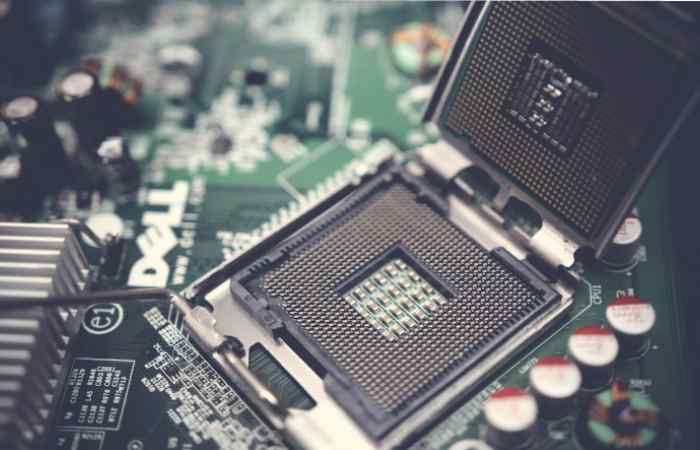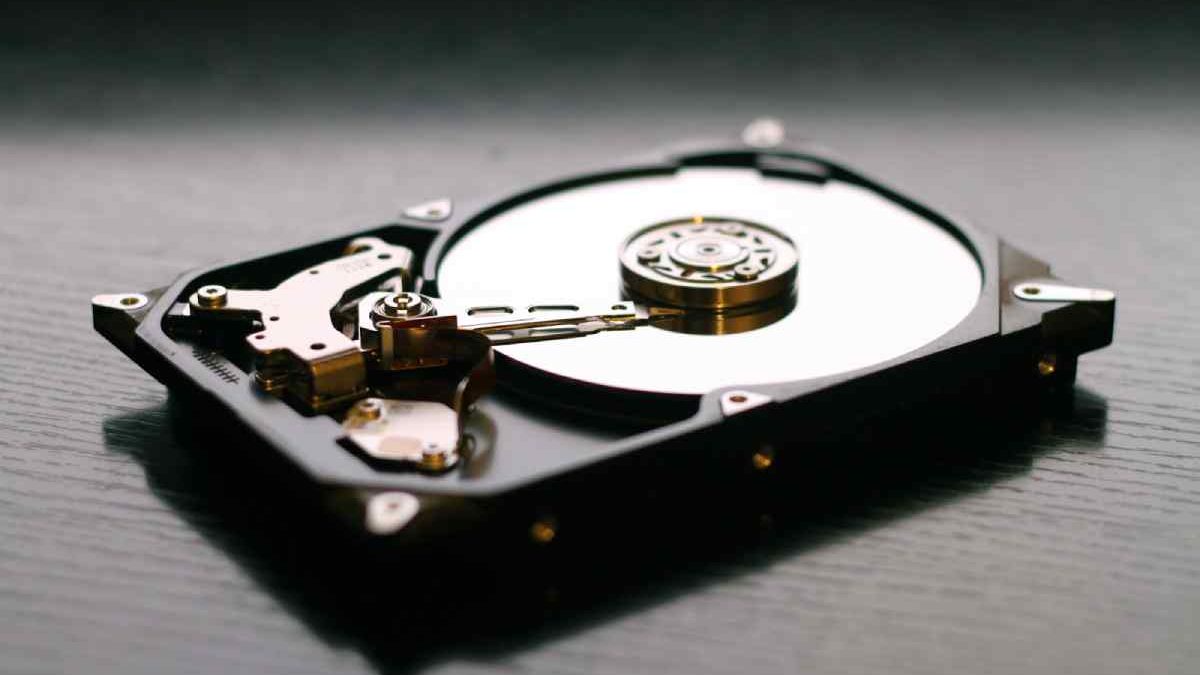Removing Defective Parts
Quality control is essential for ensuring that defective parts are removed from production lines before they can enter the market. Automated technologies such as vision systems and acoustic detectors help to identify problems quickly, while manual methods and critical parts management provide a more hands-on approach.
Finally, having an action plan for dealing with bad parts is critical for preventing costly mistakes and upholding product safety standards. By understanding these strategies and leveraging the right tools, quality control engineers can guarantee that their products meet the highest quality requirements.
Table of Contents
Definition of a defective part
Did you know that the cost of defective parts to manufacturers can add up to 40% of their total production costs? A defective part is any component or item that does not meet the quality assurance requirements for a given product.
In other words, it’s an imperfect piece of a larger assembly. Defects in parts can range from minor issues, such as scratches on the surface, to serious ones, like incorrectly sized components.
Manufacturers need to identify and remove faulty parts, so they don’t end up in their products. Quality control tests are necessary to ensure that only perfect pieces make it into production.
Quality Control Tests
Quality control tests are essential for ensuring product parts meet their required specifications. Effective testing procedures must be established to identify and remove defective parts from production. Testing processes must also define inspection requirements as well as quality assurance standards.
These tests range from simple visual inspections of the part’s shape or size to more complex functional checks.
Mechanical tests such as pressure or torque may verify a component’s strength. Quality control technicians use these various tests on different types of products depending on their specific design requirements.
In addition to manual testing methods, automated sorting systems can also be used to detect and reject defective components during assembly operations. This technology has existed since the mid-1980s and is now widely available across many industries.
Automated sorting systems provide an efficient way to improve overall process efficiency by reducing cycle time without compromising quality standards.
Automated Sorting Systems
On average, automated sorting systems can detect and remove defectives from production lines at a rate of up to 98%. This makes automated sorting systems an efficient tool for part identification and removal. They can be programmed with various sensors to distinguish between good and defective parts based on predetermined criteria such as size or weight.
Automated sorting machines also allow quick adjustments when certain parameters need to change throughout the process.
The use of automation in this way provides several advantages over manual labor. It allows for faster processing speeds while maintaining accuracy levels, saving time and resources in quality control processes.
Automated sorting systems require less human intervention than other sorting methods, like visual inspection processes. As a result, operator fatigue is reduced, leading to fewer mistakes during the operation.
In addition, using these systems helps reduce production costs significantly due to their efficiency and repeatability of results. Automated sorting systems’ consistent performance saves money and can increase customer satisfaction since they produce higher-quality end products faster than those produced through manual efforts alone.
As we progress with the further development of automation technology, automated sorting will undoubtedly remain an integral part of any successful manufacturing strategy. With that said, let’s now look at how visual inspection processes can help identify defects in production lines.
Visual Inspection Processes
Having discussed automated sorting systems, visual inspection is the next step in quality control processes. Visual inspection processes are used to detect defects and irregularities that automatic sorting systems may have missed. These processes involve manual inspections of parts or products for a variety of reasons, including:
- Ensuring parts meet specifications;
- identifying surface imperfections;
- To check for any damage or wear during transit or storage.
To carry out an effective visual inspection, there needs to be clearly defined criteria for accepting or rejecting components. Quality inspectors must understand these criteria and know how to use tools such as magnifying glasses, microscopes, etc., to identify defective items accurately. They should also pay close attention to details like size discrepancies, surface scratches, and other flaws that automation cannot detect.
As part of the visual inspection process, they may use specialized equipment such as XRF (X-ray fluorescence) spectrometers to assess product composition and verify whether it meets the standards laid out in technical documents.
At the end of this process, all identified defective items can then be removed from production based on specific methods outlined in established protocols. With this thorough approach, manufacturers can continue confidently, knowing their products are free from errors when they reach customers’ hands.
Moving ahead, we will discuss various manual removal methods adopted by industries for removing faulty parts from production lines.
Manual Removal Methods
Manual removal methods are widely used for identifying and removing defective parts from production. However, quality control engineers must accurately assess the quality of each component before it is sent down the production line. Manual sorting entails a hands-on process in which an engineer inspects, tests, and evaluates components to determine if they meet established standards or specifications.
The evaluation process follows strict guidelines that help ensure accuracy. For instance, visual inspection involves checking surfaces for any damage, defects in material composition, incorrect sizing, or other irregularities.
Measurements and tests can then be conducted to validate these findings or reveal further issues not visible during visual inspection. This includes using tools such as calipers and micrometers to measure certain characteristics of the part as well as employing advanced technologies like electrical testing and X-ray imaging equipment to identify potential problems within internal components.
In addition, simulations using laboratory models may also be utilized to verify the proper operation of a device under specific conditions. Once all assessments have been completed, appropriate action can be taken on unacceptable parts according to predetermined criteria.
The manual removal method is effective at ensuring only high-quality parts enter the production line; however, after identifying and removing faulty items, one more step remains the disposal of defective parts.
Disposal of Defective Parts
Once defective parts have been identified and manually removed from production, what is the best way to dispose of them? What methods are available for disposing of these items safely and responsibly? Quality control engineers must consider various disposal processes when dealing with defective parts.
The first option for disposing of defective parts involves recycling them. This method is effective as it allows the materials used to construct the part to be repurposed into new items or components. It also helps reduce waste by preventing unnecessary landfill accumulation. Furthermore, this approach may be cost-effective since many recyclable materials can be sold at market prices if they meet certain quality standards.
Another option for disposing of defective parts is through incineration. Although this process requires specialized equipment and poses potential health risks due to the emission of fumes, it can effectively destroy any hazardous substances within the product, making it suitable for disposal in some cases. Incineration should only be considered after other options, such as recycling, have been evaluated.
Finally, another viable option is donating or selling faulty products on secondary markets, where they can still find use despite their imperfections. For example, electronic devices that cannot pass quality testing might still work well enough to fulfill specific consumer needs; therefore, offering them at discounted rates may provide customers with value while reducing losses incurred upon disposal of unused goods for companies producing them.
Regardless of the chosen disposal method, safety should always remain paramount when handling defective parts. Proper steps should be taken to ensure all environmental protection regulations are followed during the operation’s transportation and processing stages.
With thoughtful consideration given to appropriate ways of getting rid of these items so that risk and damage to people or property are minimized, evaluation of production efficiency can then begin without fear of consequences resulting from improper management procedures.
Evaluation Of Production Efficiency
Evaluating production efficiency is important in identifying and removing defective parts from the production line. Quality assurance teams must identify areas where cost savings can be achieved while maintaining a high-quality output. Process improvement techniques should always focus on improving the overall productivity of the production process.
To effectively measure production efficiency, there are several key factors to consider:
Production Output: Measurement of output quantity per unit of time reveals potential product yield or throughput rate issues.
Cost Savings: Tracking costs associated with labor and materials helps identify opportunities for efficiencies in purchasing, storage, and distribution.
Quality Assurance: Documentation and tracking of defects allow for the proactive identification of problems before they reach the customer.
These three elements together form the basis for evaluating production efficiency. With improved processes, companies can reduce waste and increase their bottom line. In addition, companies that strive to maintain a high level of quality control will ultimately see increased profits through greater customer satisfaction and retention rates.
It is, therefore, essential to have effective methods for monitoring performance across all stages of the production process to ensure maximum benefit from every dollar invested in operations.
Conclusion
Quality control plays an important role in any production process, and quality control engineers are responsible for ensuring that only high-quality products reach the consumer. This can be achieved by implementing automated detection techniques, visual inspections, manual removal processes, and proper disposal of defective parts.
Additionally, quality control engineers must remain vigilant and consistently assess the production line for potential defects that might go unnoticed. By following these procedures, we can maintain maximum production efficiency while guaranteeing our customers only the best products.



Review Techniques for Identifying and Removing Defective Parts from Production.